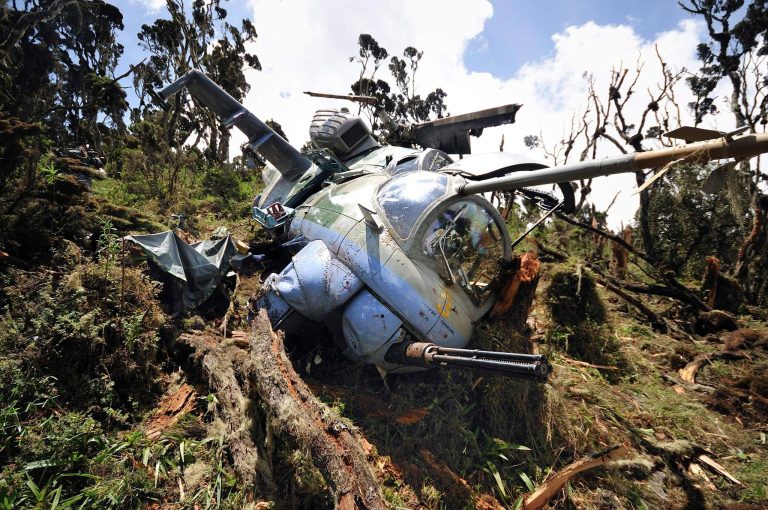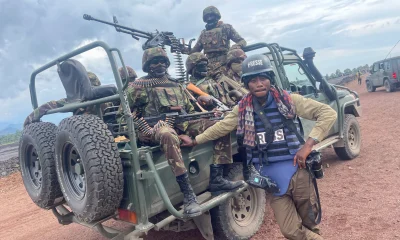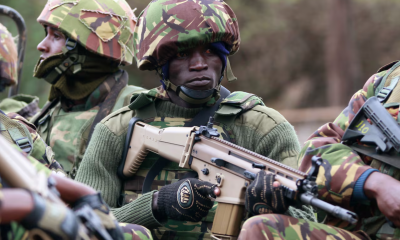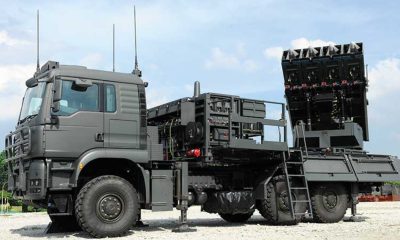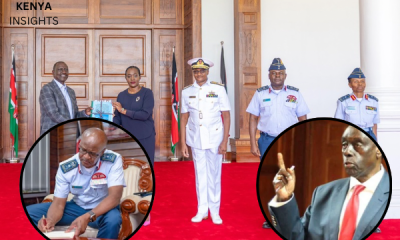Investigations
Unanswered Questions Surround Gen Ogolla Crash: 128 Days After Helicopter Engine Overhaul
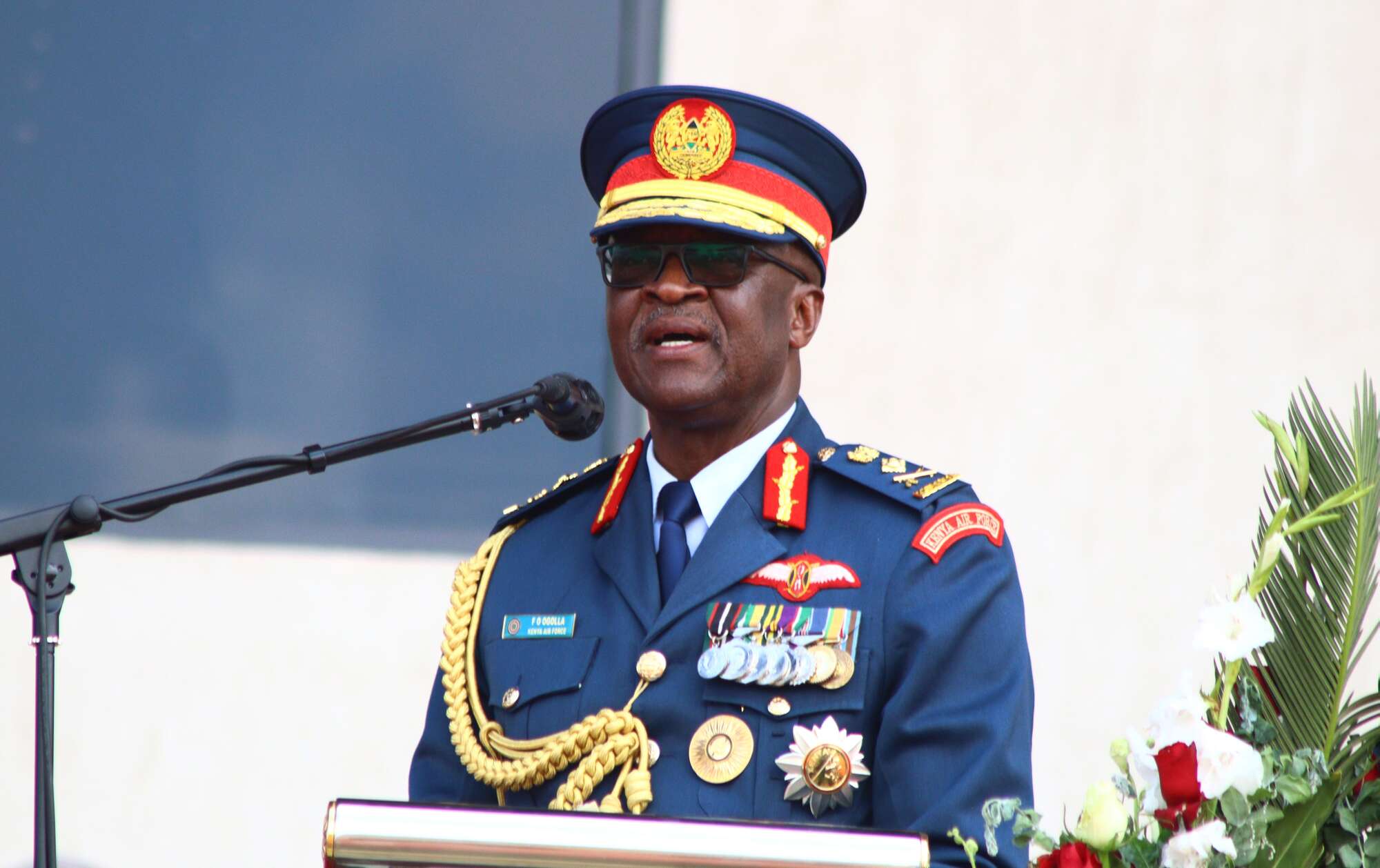
On April 18, 2024, a tragic helicopter crash claimed the life of Kenya’s Chief of Defence Forces, General Francis Ogolla, along with nine others.
The crash happened during a military visit to the North Rift as part of Operation Maliza Uhalifu.
What stands out most is this: the helicopter’s engine was overhauled just 128 days before the accident.
Despite regular inspections and no prior reports of major defects, the aircraft still failed midair. Why? That’s the puzzle investigators and the public are trying to solve.
This article breaks down the facts, explores overlooked details, and highlights what we still don’t know.
The Timeline and Mystery of the Engine Overhaul
The Kenya Defence Forces (KDF) confirmed that the Bell Huey helicopter that crashed was fitted with an overhauled engine on December 12, 2023.
This was just over four months before the crash. The Ministry of Defence’s report didn’t explain why the engine needed an overhaul in the first place.
Previous inspections, including major ones done between June 2021 and October 2023, found no significant issues with the engine. So why did they replace or overhaul it in December? That remains unclear.
According to the Board of Inquiry, the helicopter had just completed a scheduled 25-hour service from April 2 to 5, 2024—less than two weeks before the crash.
At the time of the crash, the aircraft had 19 flying hours left before the next scheduled 100-hour service.
In short:
-
No known issues found for over two years.
-
The engine got an overhaul anyway.
-
Regular servicing continued.
-
Then came the crash.
There’s a worrying gap between the facts and the explanations offered so far.
Unusual Engine Readings Before the Crash
Investigators focused their attention on the engine, especially readings from the Measured Gas Temperature (MGT) gauge.
When powered, the MGT gauge showed a temperature spike of 914°C.
To put that in context, aluminium, a common aircraft material, melts at 660°C. That reading wasn’t just high—it was dangerously abnormal.
This spike led investigators to believe that the engine suffered what’s known as a compressor stall. This occurs when airflow inside the engine gets disrupted, leading to a loss of thrust and strange behavior in the rotors.
A witness heard a loud bang from the engine compartment. This was likely the moment of failure. Seconds later, the aircraft lost power, spun left unexpectedly (a left yaw), and experienced a drop in rotor speed. That’s when disaster struck.
What’s a Compressor Stall—And How Did It Happen?
A compressor stall is not your everyday engine problem. It’s rare, but deadly.
Here’s how it works:
-
The engine’s compressor controls airflow.
-
If that airflow becomes unstable, the engine can’t maintain power.
-
The helicopter might “backfire,” lose thrust, or even flame out.
Aviation experts from Skybrary.aero describe compressor stalls as violent, loud, and immediate in effect. Flame bursts, power drops, and erratic rotor behavior are all common signs.
In Gen. Ogolla’s case, all these symptoms were observed. But again—what caused the stall?
The Ministry of Defence has not confirmed whether the overhaul was carried out properly, who oversaw it, or if any defects were found during installation.
With no major flaws reported earlier, the root cause remains hidden.
Oversight or Cover-Up? Public Demands Transparency on Gen Ogolla Crash
Kenya’s public and security experts are now asking hard questions. Who approved the engine overhaul? Was it necessary? Did contractors or military engineers follow protocol?
The report, which President William Ruto received on a Friday before its public release, leaves many of these questions unanswered.
There is no mention of the company responsible for the engine overhaul. There is no confirmation of whether international aviation safety standards were followed.
A 1,600-word summary sounds detailed—but in this case, it reads more like a list of events than an investigation.
Some critics suspect there may be more to the story. Was there negligence? Sabotage? Incompetence? Until a full, transparent investigation is released, no one can rule anything out.
Demanding Accountability in the Gen Ogolla Crash
The death of General Francis Ogolla was not only a military tragedy—it was a national one. But the bigger tragedy may lie in the many unanswered questions surrounding it.
Why was an engine with no recorded faults replaced? Why didn’t the overhaul prevent the crash?
And why does the Ministry of Defence still not offer a clear cause?
As Kenya mourns its top soldier, the people deserve truth and accountability. The Gen Ogolla crash is not just a technical failure—it may also be a failure of transparency.
Until every question is answered, the puzzle remains unsolved.
Kenya Insights allows guest blogging, if you want to be published on Kenya’s most authoritative and accurate blog, have an expose, news TIPS, story angles, human interest stories, drop us an email on [email protected] or via Telegram
-

 Investigations2 weeks ago
Investigations2 weeks agoMoney Bior, Lawyer Stephen Ndeda Among 18 Accused Of Running An International Fraud Ring Involved With Scamming American Investor Sh500 Million
-

 Investigations1 week ago
Investigations1 week agoNestlé Accused of Risking Babies’ Health in Africa with ‘Toxic’ Cerelac Product Sold Highest in Kenya
-

 Investigations7 days ago
Investigations7 days agoHow Land Grabbing Cartels Have Captured Ardhi House
-
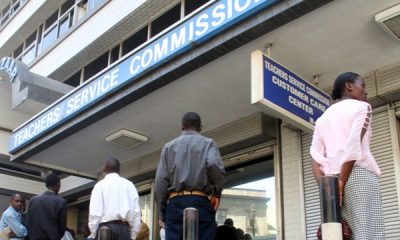
 News2 weeks ago
News2 weeks agoTSC Announces Major Policy Shift To End Transfer Of Promoted Teachers
-

 News1 week ago
News1 week ago48-Year-Old Woman Who Pushed 25-Year-Old Boyfriend To Death From 14th Floor Kilimani Apartment Arrested
-

 Investigations2 weeks ago
Investigations2 weeks agoKDC Rocked With Fresh Sh500 Million Tender Scam
-

 Grapevine2 weeks ago
Grapevine2 weeks agoMP Anthony Kibagendi Assault and Injures Kisii Man He Accuses Of Sleeping With One Of His Girlfriends
-

 News2 weeks ago
News2 weeks agoKenyan Man Fighting For Russia Killed On The Frontline Of Ukraine

